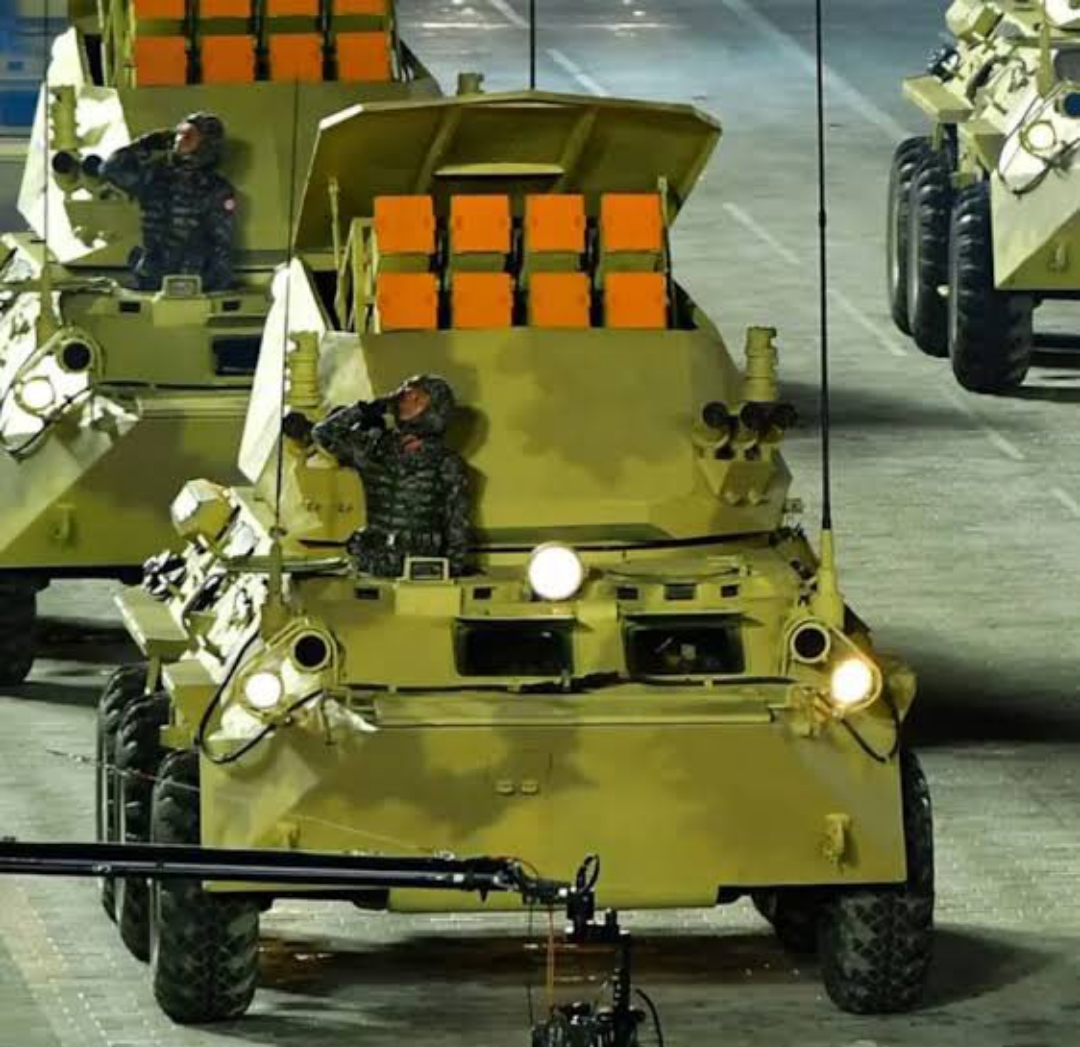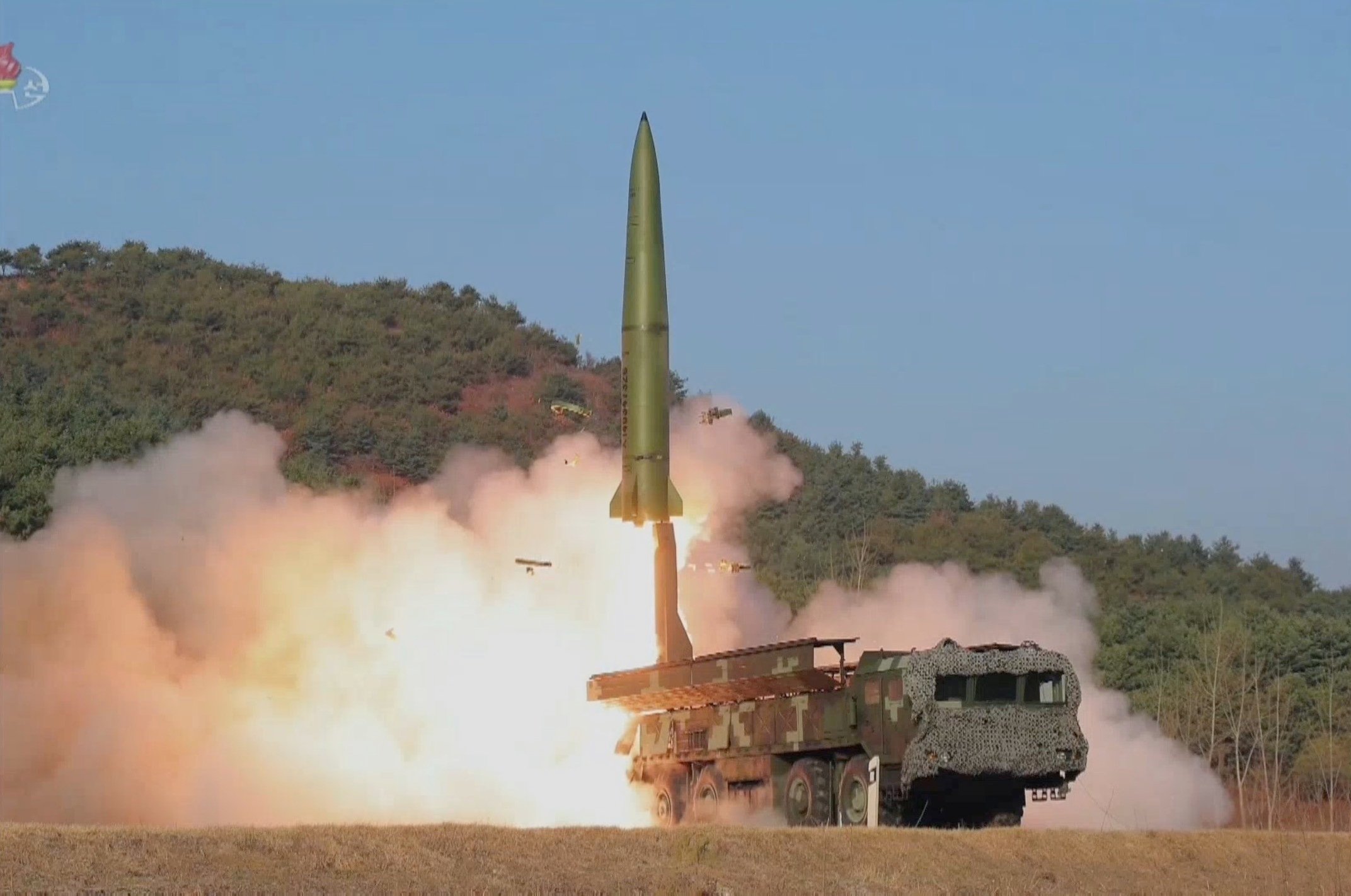Russia starts using Bulsae-4 missile system from the DPRK against Ukraine
30 July, 2024 Bulsae-4 self-propelled ATGM. Photo credits: DPRK state media Russian invasion forces have started using the North Korean Bulsae-4 long-range self-propelled anti-tank missile system against Ukraine.
The KUP (+18) Telegram channel published the photo of the launcher. Ukrainian aerial reconnaissance detected the system on one of the frontline sectors when it was in an open area. Bulsae-4 can hit targets beyond visual range at a distance of more than 10 km.
Since there is almost no accurate data on the characteristics of South Korean weapons, some sources estimate this system's range to be between 10 and 25 kilometers.
 The Bulsae-4 self-propelled ATGM is in service with the Russian army. July 2024. Photo credits: KUP(+18)/t.me/KUPua01
The Bulsae-4 self-propelled ATGM is in service with the Russian army. July 2024. Photo credits: KUP(+18)/t.me/KUPua01
This range makes it possible to attack armored vehicles from a safe distance for the ATGM itself.
 Bulsae-4 self-propelled ATGM.
Bulsae-4 self-propelled ATGM.
Photo credits: DPRK state media
The Bulsae-4 launcher consists of a rotating module of eight missile containers mounted on the chassis of a North Korean M-2010 wheeled armored personnel carrier with a 6x6 wheel configuration. The guided missile has large stabilizers and a mode of attacking the target from above, where the armored vehicles have the thinnest armor. The missile is guided by an electro-optical head in combination with command guidance via fiber optic cable.
This allows the system operator to manually control the missile via video. During the missile's flight, he sees all the folds of the terrain and all the objects. He can bypass obstacles and hit the target beyond the line of sight or even behind cover.
 Probable missile for the Bulsae-4 self-propelled ATGM.
Probable missile for the Bulsae-4 self-propelled ATGM.
Photo credits: DPRK state media
Constant video contact allows for re-targeting if a higher-priority target is detected. It also allows for high accuracy at maximum range from the first shot.
 Launch of a guided missile from a Bulsae-4 self-propelled ATGM. Photo credits: DPRK state media
Launch of a guided missile from a Bulsae-4 self-propelled ATGM. Photo credits: DPRK state media
In early June, Bloomberg reported that North Korea had shipped about 5 million artillery shells of various calibers to Russia by rail.
 Illustrative photo of the launch of the North Korean KN-23 ballistic missile.
Illustrative photo of the launch of the North Korean KN-23 ballistic missile.
Photo from open sources
Militarnyi previously reported that the UN recognized the use of North Korean ballistic missiles by Russia on the territory of Ukraine.
The missile debris found after a strike on a Ukrainian city on January 2 this year indicates that it was a North Korean Hwasong-11 (KN-23) ballistic missile.